Structure Of Sydney Opera House -celestial challenge-
This Challenge is by @sirknight. this challenge could be an intresting test. Very much appreciated to @sirknight to conduct this one assembly.
Wednesday Theme : Structures
SYDNEY OPERA HOUSE
The Sydney Opera residence is a multi-venue acting arts centre in Sydney, New South Wales, Australia. it's miles one of the twentieth century's maximum famous and distinctive buildings.
Designed by Danish architect Jørn Utzon, the constructing was officially opened on 20 October 1973 after a gestation beginning with Utzon's 1957 choice as winner of an worldwide layout opposition. The authorities of recent South Wales, led through the optimum, Joseph Cahill, accredited paintings to start in 1958 with Utzon directing construction. The authorities's selection to build Utzon's layout is regularly overshadowed by instances that accompanied, together with cost and scheduling overruns as well as the architect's final resignation.
The constructing and its surrounds occupy the complete of Bennelong factor on Sydney Harbour, among Sydney Cove and Farm Cove, adjoining to the Sydney significant business district and the Royal Botanic Gardens, and close by the Sydney Harbour Bridge.
although its name indicates a unmarried venue, the building comprises more than one performance venues which together host properly over 1,500 performances yearly, attended with the aid of more than 1.2 million human beings.Performances are presented by way of severa acting artists, including three resident corporations: Opera Australia, the Sydney Theatre company and the Sydney Symphony Orchestra. As one of the most popular traveler sights in Australia, greater than eight million humans visit the website online annually, and approximately 350,000 traffic take a guided excursion of the building each year. The constructing is controlled by the Sydney Opera residence trust, an company of the new South Wales kingdom authorities.
On 28 June 2007, the Sydney Opera house became a UNESCO world history website online;[8] having been indexed on the (now defunct) sign up of the national property because 1980, the countrywide agree with of Australia check in since 1983, the city of Sydney historical past inventory considering that 2000, the new South Wales state background register since 2003, and the Australian national heritage list considering that 2005.
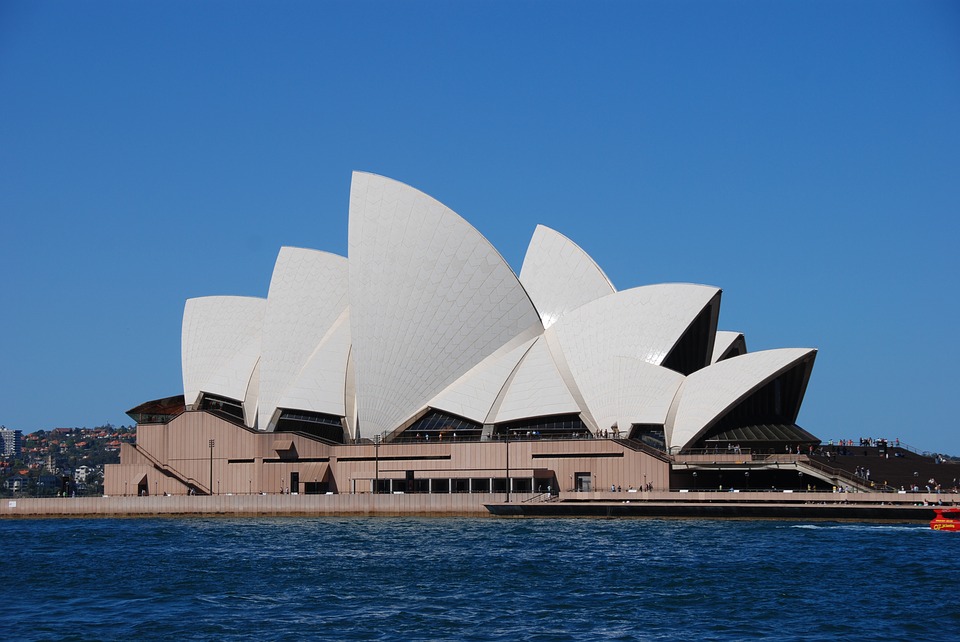
PERFORMANCE AND FACILITIES OF OPERA HOUSE, SYDNEY
The Concert Hall: With 2,679 seats, the home of the Sydney Symphony Orchestra and used by a massive variety of different concert presenters. It contains the Sydney Opera residence Grand Organ, the largest mechanical tracker motion organ inside the global, with over 10,000 pipes.
Joan Sutherland Theatre:A proscenium theatre with 1,507 seats,[18] the Sydney home of Opera Australia and The Australian Ballet. till sixteen October 2012 it was known as the Opera Theatre.]
Utzon Room: A small multi-purpose venue for events, company functions and small productions (such as chamber music performances).
Outdoor Forecourt: A bendy open-air venue with a huge variety of configuration options, which includes the possibility of using the monumental Steps as audience seating, used for a variety of community occasions and predominant outside performances.
Playhouse: An end-stage theatre with 398 seats.
Drama Theatre: A proscenium theatre with 544 seats, utilized by the Sydney Theatre organization and other dance and theatrical presenters.
Studio: A bendy area with 280 permanent seats (some of which can be folded up) and a most ability of four hundred, relying on configuration.
OTHER FACILITIES
The constructing also homes a recording studio, cafes, eating places, bars and shops. Guided excursions are to be had, which include a frequent tour of the the front-of-house areas, and a daily behind the scenes excursion that takes site visitors behind the curtain to look regions normally reserved for performers and group contributors.
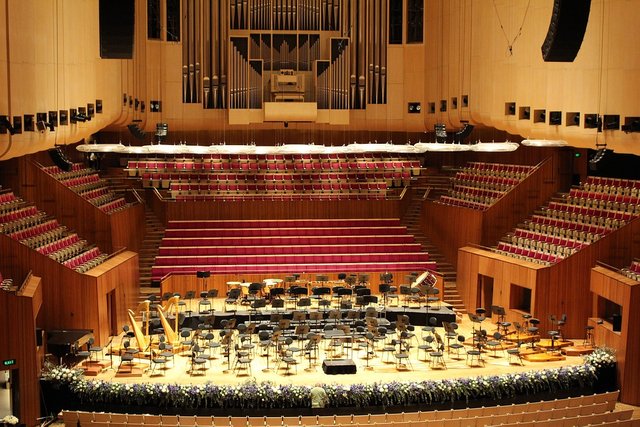
DESIGN AND CONSTRUCTION
Origins
Bennelong factor with tram depot inside the Nineteen Twenties (pinnacle left-hand facet of picture)
production progress in 1966
making plans started in the past due Nineteen Forties, while Eugene Goossens, the Director of the NSW country Conservatorium of song, lobbied for a appropriate venue for huge theatrical productions. The regular venue for such productions, the Sydney metropolis hall, was not considered huge enough. by means of 1954, Goossens succeeded in gaining the guide of NSW top-rated Joseph Cahill, who referred to as for designs for a dedicated opera house. It turned into additionally Goossens who insisted that Bennelong factor be the website online: Cahill had desired it to be on or near Wynyard Railway Station inside the northwest of the CBD.
An worldwide layout competition turned into released through Cahill on 13 September 1955 and obtained 233 entries, representing architects from 32 international locations. The standards special a massive hall seating three,000 and a small corridor for 1,two hundred humans, each to be designed for exclusive uses, consisting of complete-scale operas, orchestral and choral live shows, mass conferences, lectures, ballet performances and different displays.
The winner, announced in 1957, changed into Jørn Utzon, a Danish architect. consistent with legend the Utzon layout changed into rescued from a very last cut of 30 "rejects" by means of the stated Finnish-American architect Eero Saarinen. The runner-up changed into an access through firm GBQC of Philadelphia, Pennsylvania. The grand prize changed into 5,000 Australian pounds. Utzon visited Sydney in 1957 to assist supervise the task. His office moved to Palm seashore, Sydney in February 1963.
Utzon acquired the Pritzker structure Prize, architecture's highest honour, in 2003. The Pritzker Prize citation study:
there's absolute confidence that the Sydney Opera house is his masterpiece. it is one of the superb iconic homes of the 20 th century, an image of terrific beauty that has become acknowledged for the duration of the sector – a image for not only a city, but a whole usa and continent.
layout and creation
The castle Macquarie Tram Depot, occupying the site at the time of those plans, became demolished in 1958 and creation began in March 1959. It turned into built in 3 stages: stage I (1959–1963) consisted of building the upper podium; stage II (1963–1967) the development of the outer shells; degree III (1967–1973) interior layout and creation.
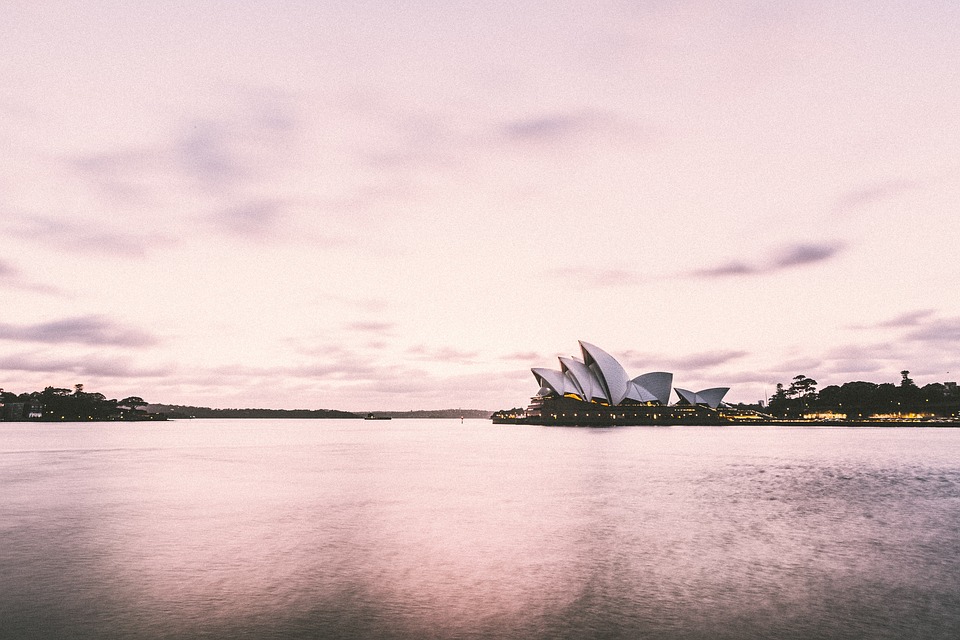
degree I: Podium
degree I commenced on 2 March 1959 with the development firm Civil & Civic, monitored by using the engineers Ove Arup and partners. The authorities had pushed for paintings to begin early, fearing that funding, or public opinion, might turn towards them. however, Utzon had nevertheless now not completed the very last designs. foremost structural issues still remained unresolved. by using 23 January 1961, work changed into running 47 weeks in the back of,[27] especially due to sudden problems (inclement climate, unexpected trouble diverting stormwater, creation starting earlier than right production drawings were organized, adjustments of original settlement documents). work at the podium was in the end finished in February 1963. The compelled early start caused great later troubles, now not least of which became the reality that the podium columns have been now not sturdy sufficient to assist the roof shape, and had to be re-built.[28]
level II: Roof
in addition information: mathematics and artwork
construction development in 1968
Sydney Opera residence shell ribs
The glazed ceramic tiles of the Sydney Opera house
The shells of the competition entry were originally of undefined geometry, however, early in the design process, the "shells" have been perceived as a series of parabolas supported by way of precast concrete ribs. however, engineers Ove Arup and companions were not able to locate an appropriate technique to constructing them. The formwork for the usage of in-situ concrete might had been prohibitively expensive, and, due to the fact there has been no repetition in any of the roof paperwork, the development of precast concrete for each character phase could possibly have been even extra expensive.
From 1957 to 1963, the layout crew went thru as a minimum 12 iterations of the form of the shells attempting to find an economically perfect shape (which include schemes with parabolas, circular ribs and ellipsoids) earlier than a manageable answer turned into finished. The design work on the shells concerned one of the earliest makes use of of computers in structural analysis, to recognize the complicated forces to which the shells could be subjected. The computer gadget changed into also used within the meeting of the arches. The pins in the arches have been surveyed on the end of each day, and the data changed into entered into the computer so the subsequent arch could be properly positioned the following day. In mid-1961, the layout crew determined a method to the problem: the shells all being created as sections from a sphere. This answer lets in arches of various length to be forged in a commonplace mould, and a number of arch segments of commonplace duration to be positioned adjoining to one another, to shape a spherical phase. With whom precisely this solution originated has been the situation of some controversy. It was initially credited to Utzon. Ove Arup's letter to Ashworth, a member of the Sydney Opera residence government Committee, states: "Utzon got here up with an concept of making all the shells of uniform curvature during in both instructions." Peter Jones, the writer of Ove Arup's biography, states that "the architect and his supporters alike claimed to remember the best eureka moment ... ; the engineers and a number of their pals, with same conviction, consider discussion in both valuable London and at Ove's residence."
He is going on to claim that "the prevailing proof shows that Arup's canvassed several opportunities for the geometry of the shells, from parabolas to ellipsoids and spheres." Yuzo Mikami, a member of the design group, provides an opposite view in his e book on the undertaking, Utzon's Sphere. it is not going that the fact will ever be categorically known, but there's a clear consensus that the design group labored very well indeed for the primary part of the task and that Utzon, Arup, and Ronald Jenkins (partner of Ove Arup and companions chargeable for the Opera house mission) all performed a completely widespread component in the layout improvement.
As Peter Murray states inside the Saga of the Sydney Opera house:
... the 2 men—and their groups—loved a collaboration that become top notch in its fruitfulness and, regardless of many traumas, become seen through maximum of those worried inside the venture as a high point of architect/engineer collaboration.
The layout of the roof become examined on scale fashions in wind tunnels at college of Southampton and later NPL so one can set up the wind-stress distribution around the roof shape in very excessive winds, which helped within the layout of the roof tiles and their furnishings.
The shells have been built by means of Hornibrook institution Pty Ltd, who have been also chargeable for creation in level III. Hornibrook manufactured the 2400 precast ribs and 4000 roof panels in an on-website online manufacturing facility and additionally developed the development processes. The achievement of this answer prevented the want for costly formwork creation by way of permitting the usage of precast devices (it also allowed the roof tiles to be prefabricated in sheets at the ground, instead of being caught on in my opinion at height). Ove Arup and companions' website online engineer supervised the construction of the shells, which used an revolutionary adjustable metallic-trussed "erection arch" to support the extraordinary roofs earlier than final touch. On 6 April 1962, it become predicted that the Opera residence would be completed among August 1964 and March 1965.
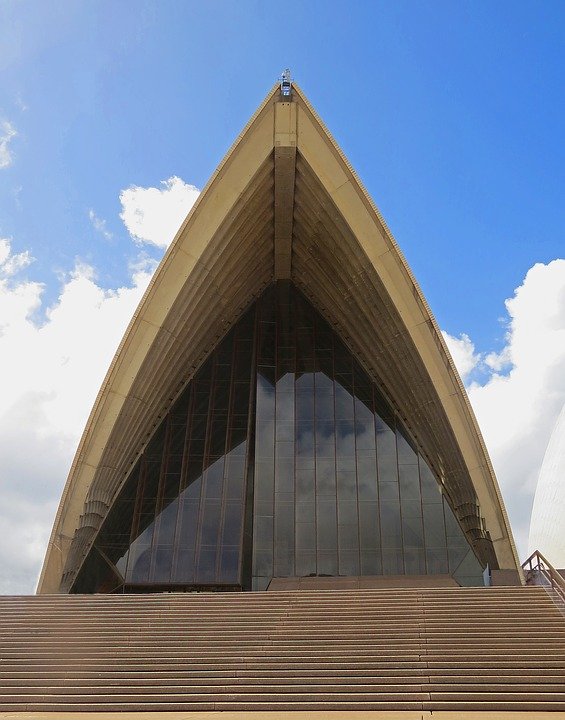
degree III: Interiors
The live performance hall and organ
View from the degree of the live performance corridor.
View from the degree of the Joan Sutherland Theatre.
interior of the Studio Theatre.
stage III, the interiors, started with Utzon moving his whole office to Sydney in February 1963. however, there has been a trade of presidency in 1965, and the brand new Robert Askin government declared the assignment beneath the jurisdiction of the Ministry of Public Works. due to the Ministry's complaint of the undertaking's prices and time, at the side of their impression of Utzon's designs being impractical, this in the end led to his resignation in 1966 (see below).
The cost of the task to this point, even in October 1966, turned into still simplest $22.nine million, less than a quarter of the very last $102 million price. however, the projected prices for the design were at this stage a whole lot extra substantial.
the second degree of creation turned into progressing towards crowning glory while Utzon resigned. His position was basically taken over through Peter corridor, who have become in large part chargeable for the interior design. different men and women appointed that identical 12 months to replace Utzon were E. H. Farmer as government architect, D. S. Littlemore and Lionel Todd.
Following Utzon's resignation, the acoustic consultant, Lothar Cremer, showed to the Sydney Opera residence government Committee (SOHEC) that Utzon's authentic acoustic design allowed for handiest 2000 seats inside the most important hall and similarly stated that growing the range of seats to 3000 as certain within the quick could be disastrous for the acoustics. in step with Peter Jones, the degree clothier, Martin Carr, criticised the "shape, height and width of the stage, the physical facilities for artists, the location of the dressing rooms, the widths of doors and lifts, and the vicinity of lights switchboards."
Completion And Cost:
The Opera House was formally completed in 1973, having cost $102 million.[43] H.R. "Sam" Hoare, the Hornibrook director in charge of the project, provided the following approximations in 1973: Stage I: podium Civil & Civic Pty Ltd approximately $5.5m. Stage II: roof shells M.R. Hornibrook (NSW) Pty Ltd approximately $12.5m. Stage III: completion The Hornibrook Group $56.5m. Separate contracts: stage equipment, stage lighting and organ $9.0m. Fees and other costs: $16.5m.
The original cost and scheduling estimates in 1957 projected a cost of £3,500,000 ($7 million) and completion date of 26 January 1963 (Australia Day).[30] In reality, the project was completed ten years late and 1,357% over budget in real terms.
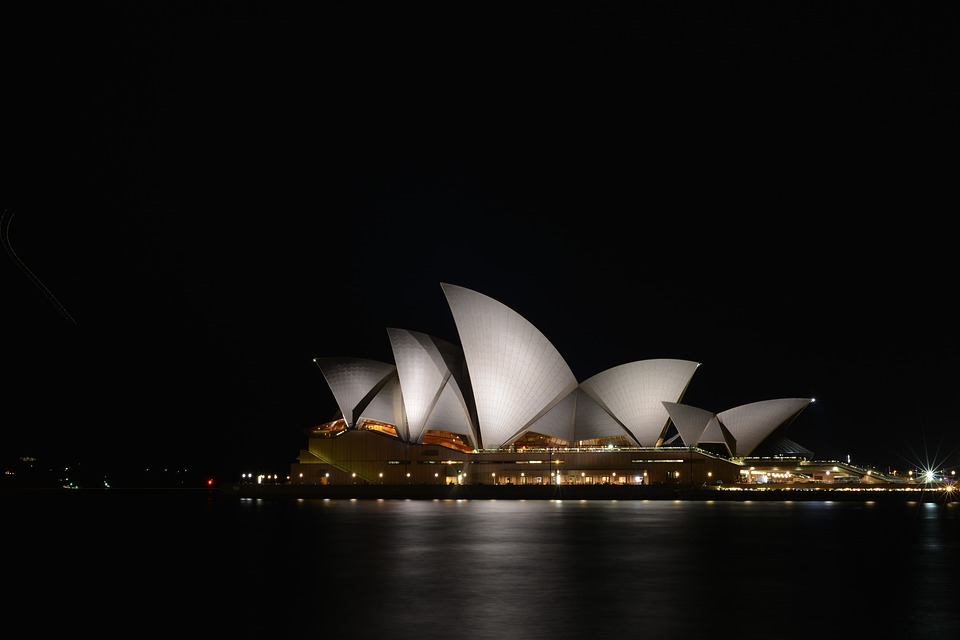
In this way guys i am hopefully presenting it.
That you guys What's more our senior @sirknight loves it.
**So the day by day theme of this contest by @sirknight are **
☞MONDAY - DARKNESS
☞TUESDAY - ANIMAL~KINGDOM
☞WEDNESDAY - STRUCTURES
☞THURSDAY - FORCES-IN-NATURE
☞FRIDAY - LOVE-BEAUTY-FREEDOM
☞SATURDAY - AGRICULTURE
☞SUNDAY - LIGHT
HOPE YOU LIKE IT !!!!
